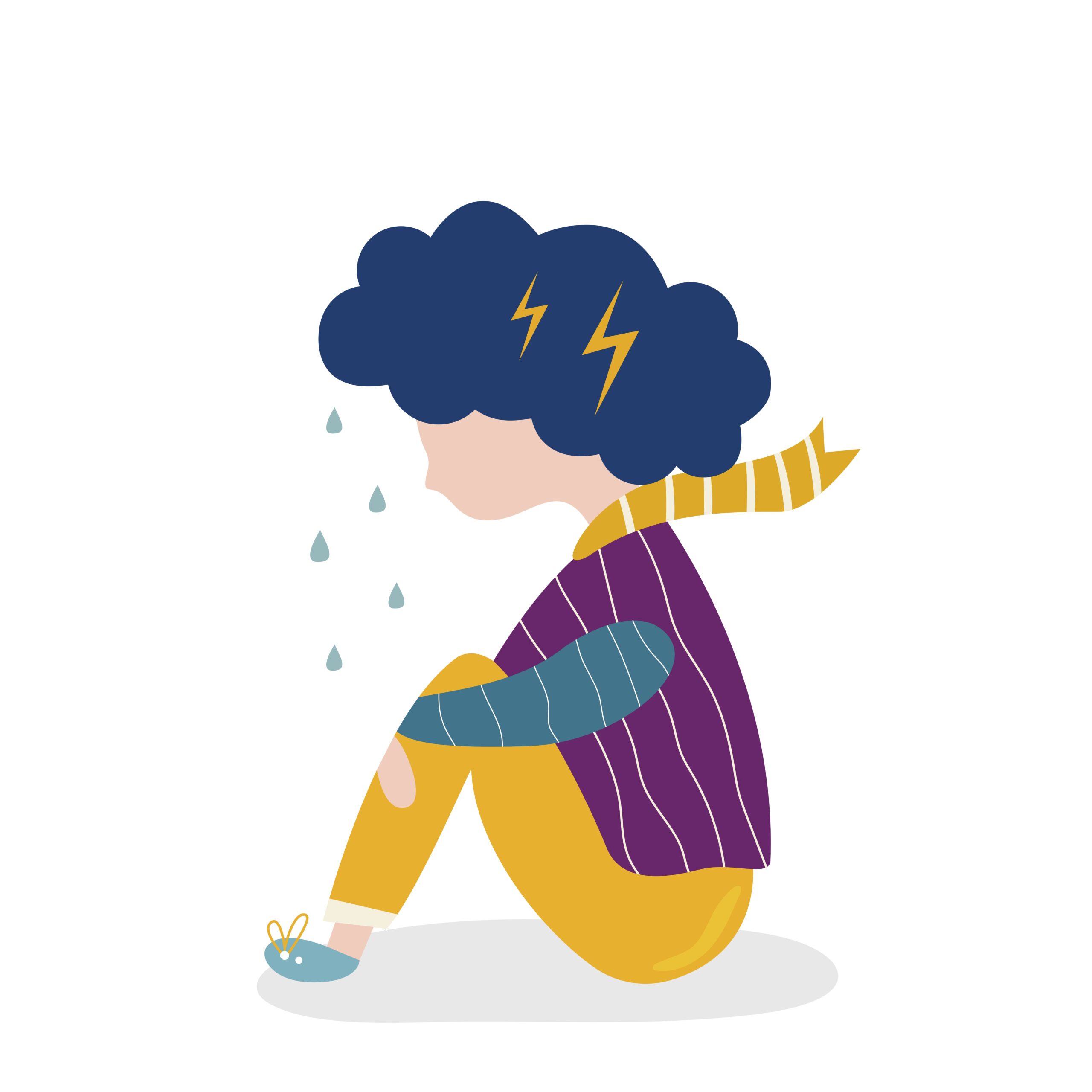All kids have cloudy days, but some get through them more easily than others. Although some people are naturally resilient, the ability to bounce back can be learned. Follow these seven steps to help your kids practice resilience every day:
Step 1: Reframe thoughts
Our thoughts can have a huge impact on how we feel and behave. Some thoughts can get us stuck “feeling down” while others keep us “looking up” and feeling hopeful. “Looking Up” thinking is still realistic but tends to be more balanced than “Feeling Down” thinking. Here are some examples:
Feeling Down Thoughts:
- I’m stupid.
- No one likes me.
- I can’t do it.
- It’s too hard.
- I’m no good at…
Looking Up Thoughts:
- No one gets things right every time.
- Maybe Jack doesn’t want to play with me right now, but Charlotte played with me yesterday.
- I won’t know unless I try.
- It will get easter if I keep trying.
- If I practice, I’ll get better.
Steps 2: Say helpful thoughts out loud
When something challenging or disappointing happens, ask your child, “How can we look at this?” See if you can come up with a good “Looking Up” thought about the event.
Step 3: Be realistic with your optimism
Help your child develop a sense of hope about the future—a belief that many problems can and do get better with time. When you hear your child expecting the worst, try to replace, “it might get worse” with, “it might get better.” It’s important to keep a balanced perspective.
Step 4: Keep disappointments in perspective

When disappointments happen, help your child keep them in perspective by listening for all-or-none thinking. Certain clues will tell you when this type of thinking is happening, like the words always, never, everybody or nobody. Taking a few minutes to examine these kinds of statements can help put your child’s thoughts and feelings into perspective. If you hear, “Nobody likes me,” remind children of the people who are their friends.
Step 5: Practice noticing the positives
Try being a positive “detective” with your child. Try to help them see the good things around them. Help your child appreciate simple joys, like a favorite dessert or playing outside. It’s easy to notice the negatives in life, but practice noticing the positives.
Step 6: Check your own reaction to challenges
One of the best ways to help your child become more resilient is to model resilience yourself. When you manage your frustrations and disappointments, you are teaching your child how to manage theirs, too.
Step 7: Seek additional support
If, despite your support, your child continues to struggle with sadness, frustration and “feeling down” thoughts, consult a licensed psychologist or other mental health professional. Seeking help when you need it is a sign of resilience, too!

Is Your Child Stressed Out?
There are many different kinds of behaviors that children will exhibit when they are stressed and these signs can be different for younger children, older children and teenagers. Get the signs.
Visit the Magination Press Family website for more tips on resilience and self-esteem, as well as other resources for managing stress and anxiety and promoting mindfulness in children and teens. You can also explore these Magination Press books with your young reader:
- Fantastic You (by Danielle Dufayet): This book shows readers how to develop and nurture a loving and positive relationship with themselves. Kids will learn that self-care includes positive self-talk and self-compassion for a happy, self-empowered life.
- A Feel Better Book for Little Tears (by Holly Brochmann & Leah Bowen): This gentle rhyming book helps young kids identify what it feels like to be sad and what they can do to respond to it.
The American Psychological Association is the leading scienti c and professional organization representing psychology in the United States. Through its children’s book imprint, Magination Press, APA works to make psychological knowledge accessible to kids and their families.


















